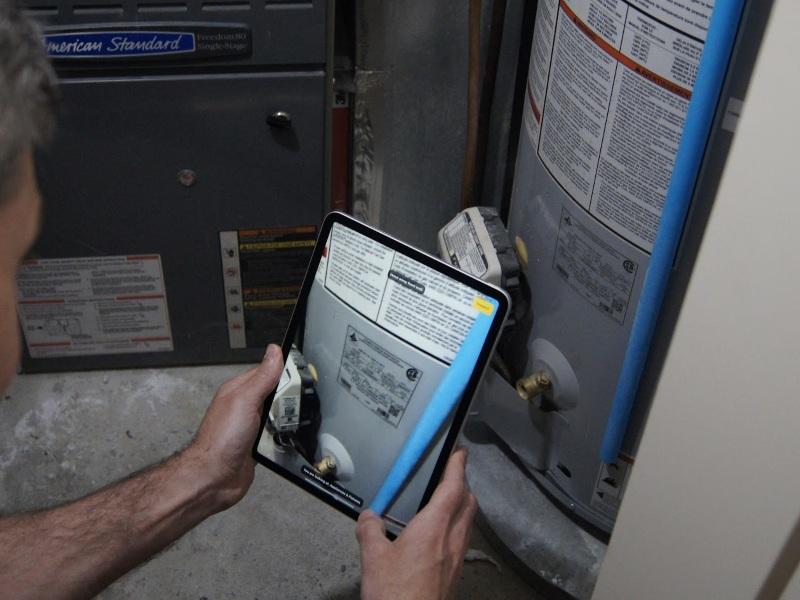
KingSett Capital has launched a decarbonization tool intended to help with the greening of about 5.4 million square feet of its buildings – but which can also be downloaded by anyone to aid in their own net-zero paths.
KingSett has $17.5 billion in assets under management in a portfolio of $19 billion. Decarbonization is focused on the company’s core fund, where it has long-term ownership, which has an estimated value of approximately $7.5 billion.
The tool was designed to be shared with other groups and organizations, with the caveat that it is only as useful as the data being inputted.
“You need a good baseline, you need good data to start with. It's not a silver bullet. You can't just say 'this is my building, here's where it's located, here is one year of consumption, and then it spits out, this is how you decarbonize,’ ” Kit Milnes, KingSett’s vice-president of sustainability and resilience, told SustainableBiz.
“You still need to get the studies done, you need to understand what are your loads in the summer and winter for heating and cooling? How much mechanical systems do you have right now? Do you use all of that, do you have significant redundancy?”
Milnes explained KingSett has executed on about 1.8 million square feet of its decarbonization pipeline so far. The pipeline will be fully decarbonized by 2027, which he states will result in a 35 per cent reduction in carbon emissions for the entire portfolio.
KingSett, founded in 2002, is a private equity real estate firm headquartered in Toronto with an additional office in Vancouver.
KingSett’s decarbonization tool
Milnes explained the online tool had been in the works over the past three years. KingSett defines decarbonization strategy as a property-level roadmap for management teams to achieve carbon reductions of over 50 per cent from baseline – which Milnes said begins in 2019 due to the subsequent anomalies the pandemic introduced in its portfolio.
The tool has tabs for building inputs, bills, consumption changes, capital inputs, emissions factors, inflation rates and more.
“There's a lot of impacts . . . Every asset’s different. I joke that at the micro level, a light bulb is a light bulb, a pump is a pump, it doesn't matter what building you put those things in. No matter where they are in the world, they're going to perform the exact same,” Milnes said.
“But when you start to zoom out and look at a building as a whole, every decarbonization strategy becomes a bit of a snowflake.”
For its own portfolio, KingSett lists three requirements for a decarbonization strategy:
- the asset type must be able to support the capital cost of decarbonization;
- the local electrical grid must have a small carbon footprint to support electrification; and
- the property’s major systems must be at or near end-of-life.
“(The tool is) how we've been able to do all the modelling and analysis to get to the point where we are,” Milnes said. “Every new project that we want to tackle or look at has to go through the tool for a property to be selected.”
KingSett and net-zero
KingSett has a goal of 40 per cent emissions reductions in its portfolio by 2030, and 68 per cent by 2035.
Milnes is hopeful other property owners and asset managers will take the tool into their own hands to help them on their decarbonization journeys.
“We believe that sharing actually not only gives us a market advantage, but it could really give Canada a market advantage if we can show the world how good Canada is at collaborating, and being transparent and executing on this stuff, and then taking cues from us,” he said.
This could also apply to any future iterations of the tool. The tool's open nature and free availability means whoever wants to download it can adapt it to suit their own decarbonization needs.
However, he does hope to build the Carbon Risk Real Estate Monitor guidelines into the tool, as well as a measure to indicate capital costs versus borrowing funding, like the example from the Canada Infrastructure Bank.
Milnes explained KingSett wants the tool to offer some resilience. He also pointed out it could be particularly useful for smaller owners with no corporate sustainability teams or money for consultants.
“That's part of the reason why we made it so open and editable to any user so that as the market changes, let's say the federal carbon tax disappears, well, you can zero the carbon tax out in the tool so that you're not miscalculating anything,” he said.
“I think now that it's in the market, it's going to be able to be updated and improved a lot faster by others and ourselves.”










